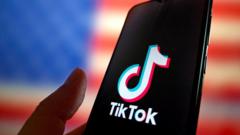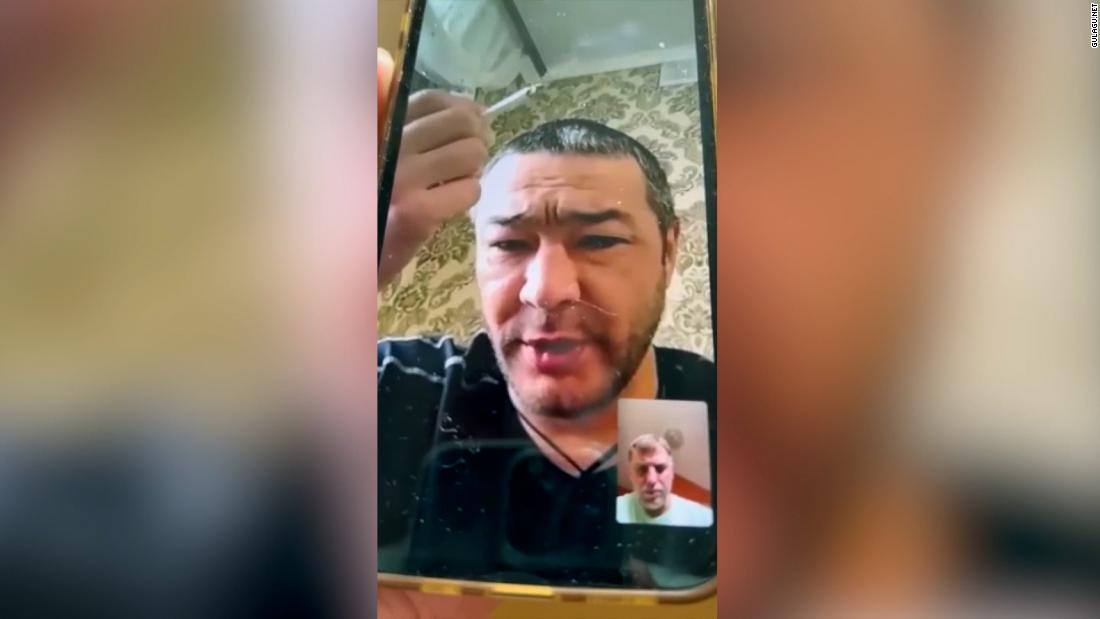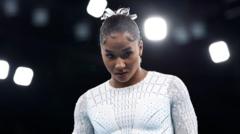This week, there was a little noticed order out of the Supreme Court that decided a narrow legal question with much great implications for journalism. The justices tossed a decision of the United States Court of Appeals for the Fifth Circuit that barred a lawsuit by Priscilla Villarreal. Known online as La Gordiloca (loosely translated as "the fat, crazy lady"), Villareal is part of a growing number of new media journalists.
At a time when the public is rejecting legacy or mainstream media, the case is the latest latest reminder of a rising force of citizen journalists.
Technically, the court instructed the lower courts to review the case in light of the recent decision in Gonzalez v. Trevino. That decision relaxed the standards for citizens suing over retaliatory arrests. Villareal was not just a citizen but a citizen journalist who claimed to be performing the same newsgathering functions as conventional journalists.
Villarreal had alleged that she was arrested for seeking and obtaining nonpublic information from police as a journalist — the identity of a person who had killed himself — and publishing it on Facebook. The Fifth Circuit ruled that the police could claim immunity from the lawsuit she brought, and the justices just set that decision aside.
As I discuss in my book, “The Indispensable Right, journalism is in free fall in the U.S. as citizens reject the establishment media as biased and unreliable. For years, journalism schools have taught students that they have to abandon objectivity and neutrality for advocacy.
Advocacy journalism is now the norm. Former New York Times writer (and now Howard University journalism professor) Nikole Hannah-Jones has declared that “all journalism is activism.” Emilio Garcia-Ruiz, editor-in-chief at the San Francisco Chronicle, similarly announced that “Objectivity has got to go.”
After a series of interviews with more than 75 media leaders, Leonard Downie Jr., former Washington Post executive editor, explained that objectivity is viewed as a trap and reporters “feel it negates many of their own identities, life experiences and cultural contexts, keeping them from pursuing truth in their work.”
The response of the public has been to look elsewhere for news. Indeed, the mantra “Let’s Go Brandon!” was embraced by millions as a criticism of the media as much as it was a criticism of President Biden.
Recently, the new Washington Post publisher and CEO William Lewis was brought into the paper to stop a collapsing readership and revenue. He told the staff, “Let’s not sugarcoat it...We are losing large amounts of money. Your audience has halved in recent years. People are not reading your stuff. Right? I can’t sugarcoat it anymore.”
They are, however, reading "the stuff" of figures like La Gordiloca, who is described as "a tattooed one-woman mobile newsroom who, until the coronavirus lockdown, often broadcast live while driving her car." Her following on Facebook is now larger than her local newspaper. The New York Times described how La Gordiloca “reflects how many people on the border now prefer to get their news." The paper admitted that she is is a "swearing muckraker who is upending border journalism."
New media journalists are more H.L. Mencken or sometimes even Hunter S. Thompson but they are viewed as more authentic and independent. Millions of Americans now get their news from social media and blogs. Various traditional media outlets have either closed or are fighting for their existence. What they are not doing is seriously questioning their course in adopting advocacy journalism.
Journalism has become a ship of fools who increasingly write for each other rather than the dwindling numbers of actual readers. And they have written off half of the country with their plunge into advocacy journalism. As a consequence, many have come to view mainstream media as a de facto state media.
Today, over half of U.S. adults (54 percent) say they get news from social media. Only 27 percent now rely on TV as their first choice with only 6 percent preferring radio and only 5 percent preferring print.
The recent polling figures from Gallup show how much harm this generation of editors and reporters has done to the field. Trust in the media is at an all-time low, continuing a consistent decline. Only 31 percent express a “great deal” or “fair amount” of confidence in the media. Adults with no trust at all in the media is greater at 36 percent.
In the 1970s, trust in the media ranged from 68 percent to 72 percent.
In some ways, the U.S. has come full circle. At the start of the Republic, citizens rejected establishment sources of news in favor of citizen journalists and pamphleteers like Thomas Paine. They are doing so again.
Ironically, Villareal's victory will benefit mainstream reporters. The police used an obscure law that makes it a criminal offense to solicit nonpublic information if the person is seeking to "benefit" from the information. The police simply alleged that Villareal was seeking to benefit by getting a larger audience on Facebook. She argued that she is a different type of journalist. Facebook is her media.
The original panel decision of the Fifth Circuit (reversed by the full court) viewed Villareal's prosecution as the criminalization of journalism, with Judge James C. Ho writing, "If that is not an obvious violation of the Constitution, it's hard to imagine what would be."
The Fifth Circuit will now have to reconsider its analysis. That is more likely than the media reconsidering its take on modern journalism. But if they do not, then they will be looking at the future in the face of La Gordiloca.
Editors and journalists continue to saw vigorously at the branch upon which they sit. The question is whether, if they fall and no one is left to hear, will it make a sound?
Jonathan Turley is the Shapiro Professor of Public Interest Law at George Washington University and the author of “The Indispensable Right: Free Speech in an Age of Rage.”















 English (US) ·
English (US) ·